



or ISP chip
In the rapid development of the modern electronic information industry, Image Signal Processing (ISP) technology has become a core element in fields such as smart terminals, automotive electronics, security monitoring, and industrial inspection. The term “or ISP chip” can be understood in two ways: either as an independent image signal processing chip or as an ISP module integrated into a system-on-chip (SoC). Whether as a standalone hardware device or as a vital component of a system-level solution, the ISP chip plays a crucial role in transforming optical signals into perceivable images.
I. Basic Concept of Or ISP Chip
The core function of an ISP chip is to optimize and process the raw signals captured by CMOS or CCD image sensors. Since the raw images from sensors often suffer from high noise, insufficient dynamic range, and color deviation, ISP chips use a combination of hardware circuitry and algorithmic modules to perform denoising, white balance, gamma correction, color restoration, HDR synthesis, sharpening, and enhancement. These processes generate image quality that is closer to human visual perception or better suited for back-end application requirements.
Thus, the notion of “or ISP chip” emphasizes that ISP can either exist as a standalone module or be integrated into multifunctional chips, flexibly adapting to products at different levels.
II. Functional Features
- High real-time performance: The key advantage of ISP chips is their ability to complete complex image processing within milliseconds, ensuring smooth video output.
- High integration: Independent ISP chips integrate multiple levels of image optimization, while ISPs embedded in SoCs can work closely with CPUs and GPUs to enhance overall performance.
- Programmability: Some ISPs support firmware upgrades or algorithm customization, enabling image processing strategies to be tailored to specific application scenarios.
- Low power design: For mobile terminals and wearable devices, ISP chips are continuously optimized in architecture and algorithms to reduce power consumption.
III. Application Fields
- Consumer electronics: In smartphones, tablets, and digital cameras, ISP chips are central to image quality, supporting night scene optimization, portrait beautification, and high-definition video recording.
- Security monitoring: ISP chips enhance surveillance cameras’ performance under low light and backlight conditions, ensuring clarity and detail reproduction.
- Automotive electronics: Advanced driver-assistance systems (ADAS), autonomous driving, and surround-view systems rely on ISPs for low-latency, high-dynamic-range image processing to ensure driving safety.
- Industrial inspection: In smart manufacturing and machine vision, ISP chips guarantee image precision to assist with detection and recognition.
- Medical imaging: Used in endoscopes and microscopic imaging devices, ISP chips improve resolution and contrast, providing reliable support for medical diagnosis.
IV. Development Trends
With the rise of artificial intelligence and big data, ISP chips are evolving along the following trends:
- AI integration: Combining ISPs with AI accelerators enables tasks such as object detection, face recognition, and scene segmentation directly during image processing.
- Support for higher resolution: To meet the demands of 8K ultra-high-definition and AR/VR applications, ISP chips must provide stronger parallel processing capabilities.
- Low power and miniaturization: The growth of IoT and wearable devices drives ISPs toward lower power consumption and higher integration.
- Open ecosystem: Chip manufacturers are gradually opening ISP interfaces and algorithm tools, helping developers implement differentiated image processing solutions.
V. Conclusion
Whether as independent modules or integrated within SoCs, ISP chips are irreplaceable in today’s image processing chain. They enhance imaging quality in consumer electronics while also delivering reliable performance in industrial, medical, security, and automotive applications. As AI, ultra-high-definition, and intelligent applications continue to proliferate, the role of “or ISP chip” becomes increasingly clear: not only as a driver of visual technology progress but also as a cornerstone of the intelligent world of the future.

Please contact us if the source is mislabeled or violates your legal rights.
We will promptly correct and delete, thank you.
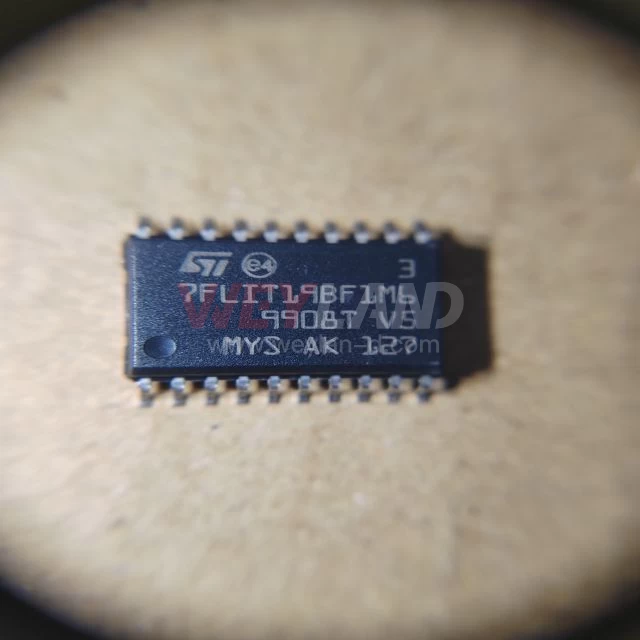
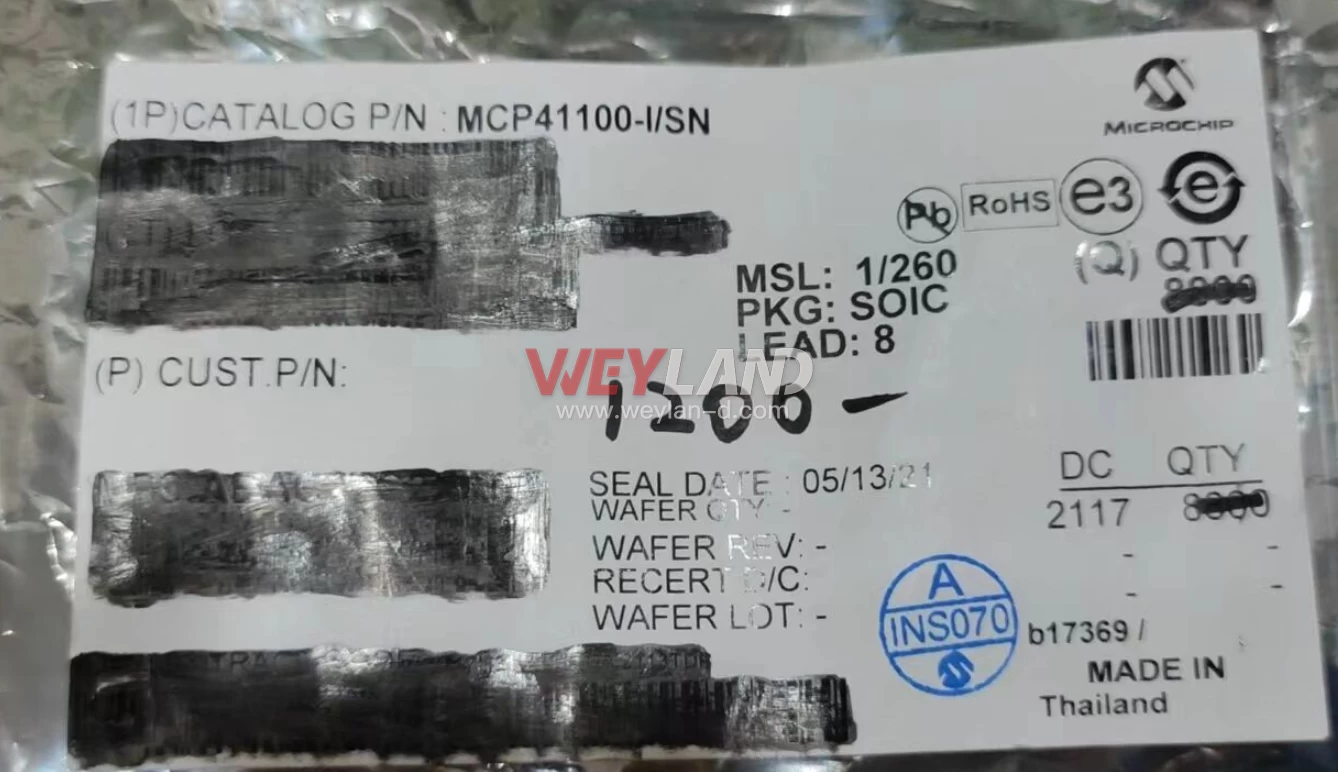
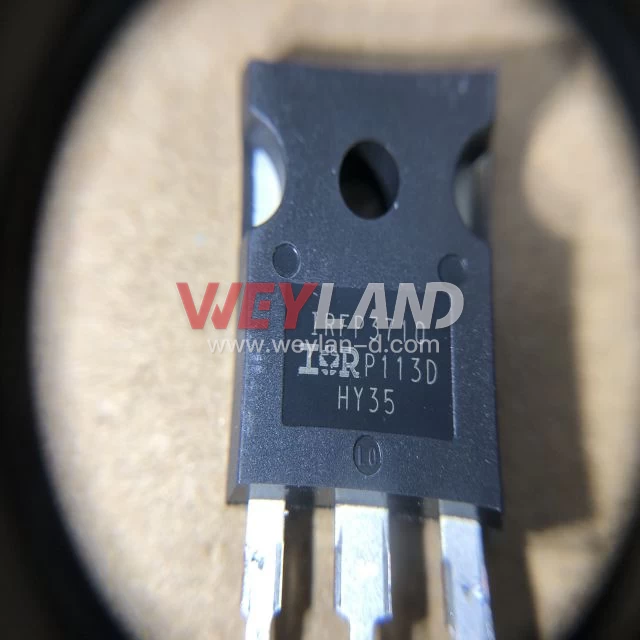
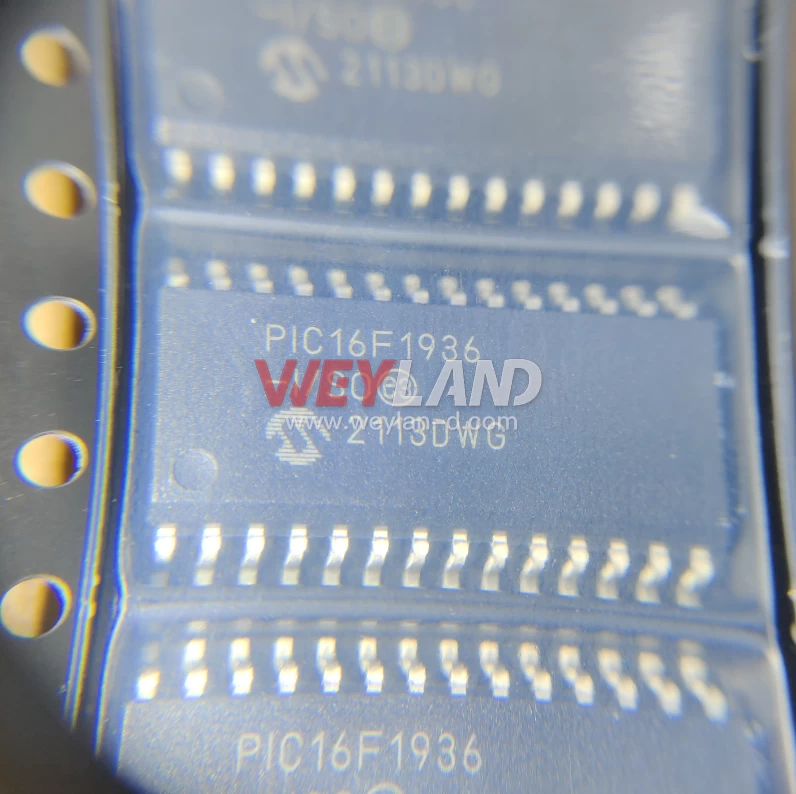

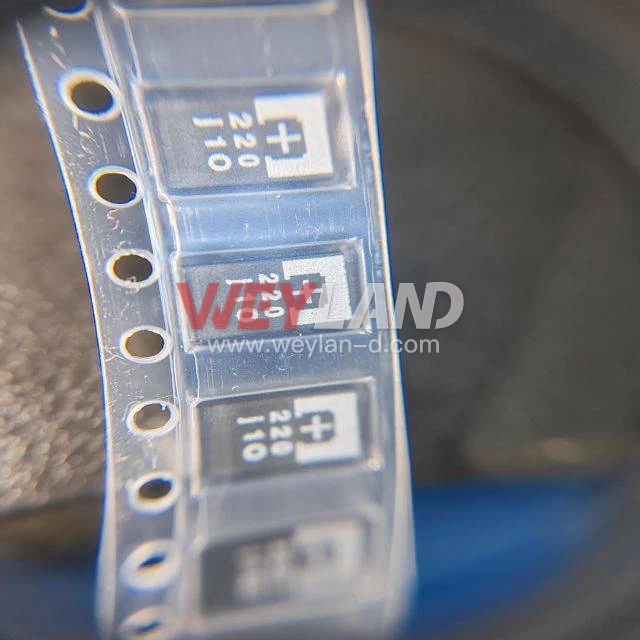
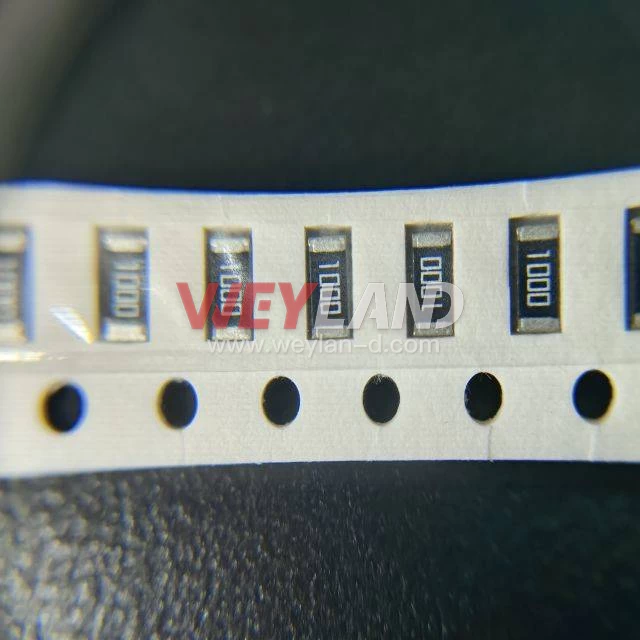
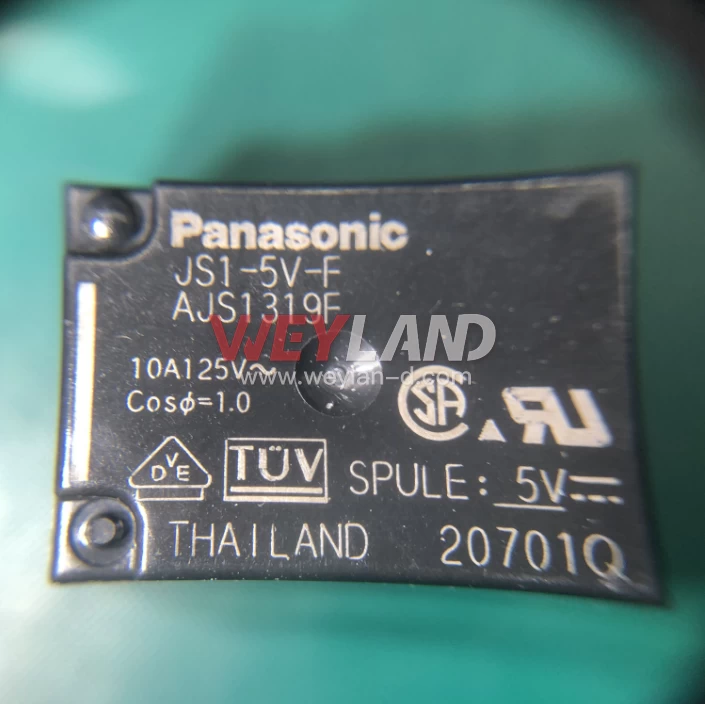
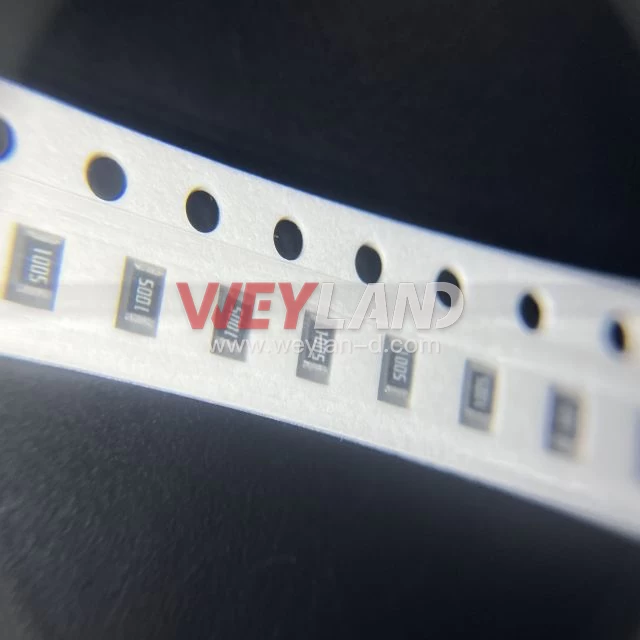
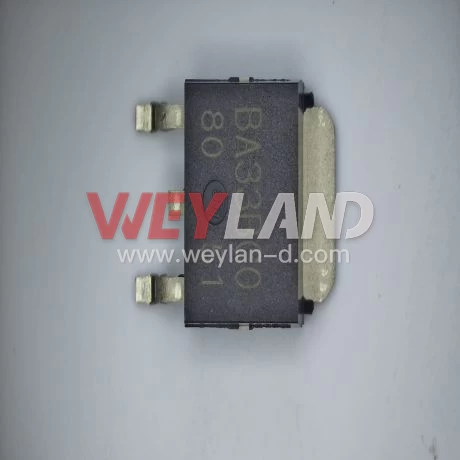
.9246509.png)












[email protected]
7500A BEACH ROAD #04-307 THE PLAZA SINGAPORE (199591)
RM 705.7/F.FA YUEN COMM BLDGNO.75-77.FA YUEN STREET.MONGKOK.KLN.HONG KONG
